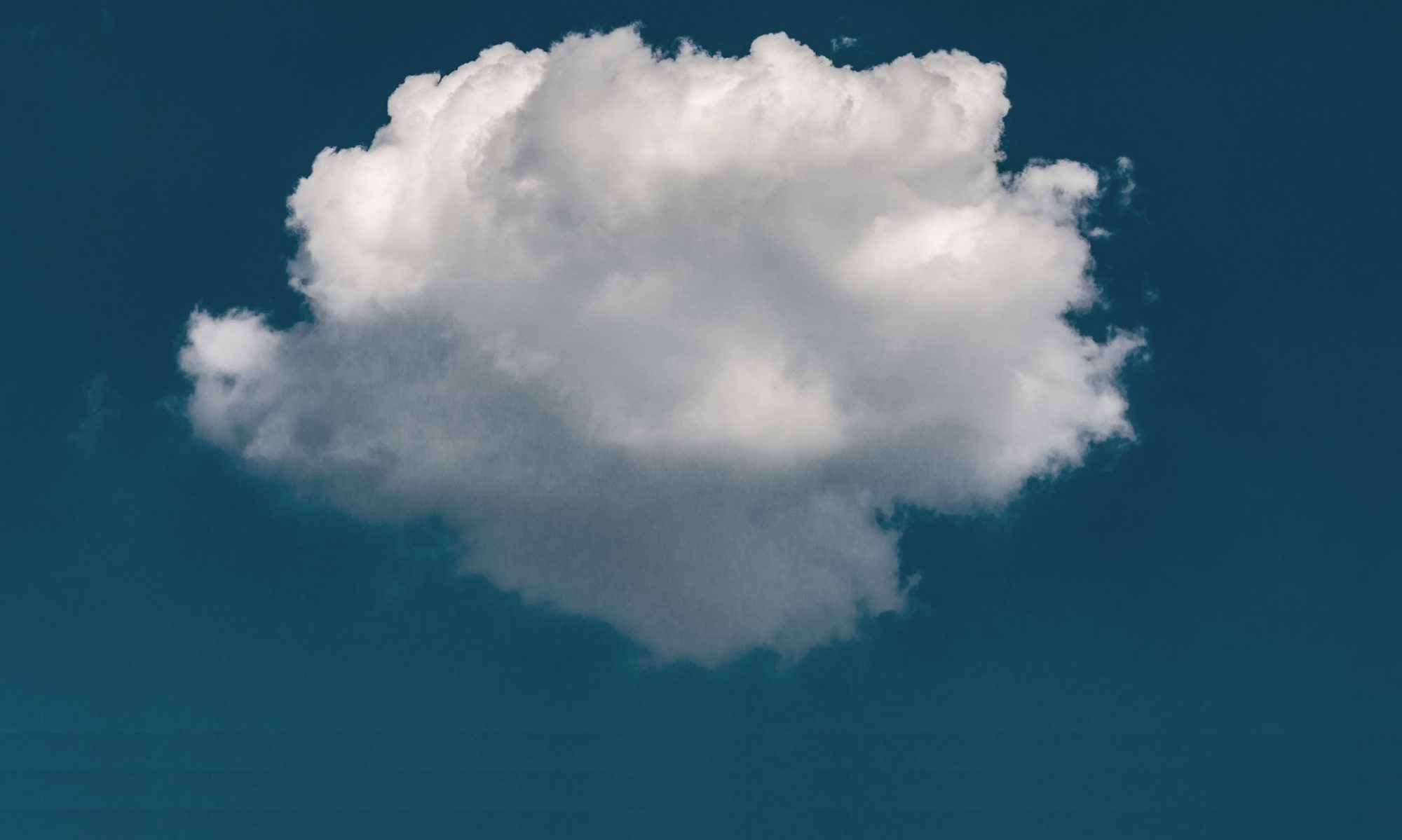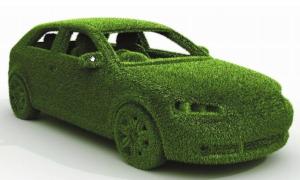 May is Green and ethical month in the Business & IP Centre.
May is Green and ethical month in the Business & IP Centre.
We have been inspired by our very successful Web in Feb month of activities to produce a Green in May month (except that it doesn’t rhyme).
As we know from our customers coming in to the Centre, Green and ethical business is growing fast.
Surveys show that 79 per cent of consumers would rather buy from companies that limit their environmental impact.
Throughout May we’re holding special events that explore green and ethical business: the opportunities, the practicalities and the reasons to get involved. Hear from eco-experts and meet entrepreneurs who are making a difference with their businesses.
We have also updated our guide to useful information sources for starting a green or ethical business.
Week one
Get more local
Get More Local
Tuesday 6, 18.00 – 20.00, free
Week two
Green money – beginner’s guide to business finance
Johnny Martin
Monday 10, 16.45 – 19.45, £9 – a special price for social enterprises
The cutting edge of green
Insider Trends
Tuesday 11, 18.00 – 20.00, £10 when booking with discount code “BritishLibrary”
Make the trade
London Community Resource Network
Wednesday 12, 10.00 – 13.00, free
Legal milestones for green business
Keystone Law
Thursday 13, 18.00 – 21.00, £25 – with a 50% discount for British Library contacts, quote “BL2010”
Week three
Raising money for green and ethical businesses
MessageLab and the Funding Game
Monday 17, 13.00 – 17.00, £25 +VAT
Managing an ethical business
Red Ochre
Thursday 20, 14.00 – 17.00, £25 Inc VAT
Social entrepreneurs without limits
Unltd World
Thursday 20, 18.00 – 20.00, free
Week four
Developing organic and ethical skincare products
She’s Ingenious!
Tuesday 25, 11.00 – 13.00, £25
Starting a social enterprise
Red Ochre
Thursday 27, 10.00 – 16.00, £50 inc VAT
Week oneGet more local
Get More Local
Tuesday 6, 18.00 – 20.00, free
Week two
Green money – beginner’s guide to business finance
Johnny Martin
Monday 10, 16.45 – 19.45, £9 – a special price for social enterprises
The cutting edge of green
Insider Trends
Tuesday 11, 18.00 – 20.00, £10 when booking with discount code “BritishLibrary”
Make the trade
London Community Resource Network
Wednesday 12, 10.00 – 13.00, free
Legal milestones for green business
Keystone Law
Thursday 13, 18.00 – 21.00, £25 – with a 50% discount for British Library contacts, quote “BL2010”
Week three
Raising money for green and ethical businesses
MessageLab and the Funding Game
Monday 17, 13.00 – 17.00, £25 +VAT
Managing an ethical business
Red Ochre
Thursday 20, 14.00 – 17.00, £25 Inc VAT
Social entrepreneurs without limits
Unltd World
Thursday 20, 18.00 – 20.00, free
Week four
Developing organic and ethical skincare products
She’s Ingenious!
Tuesday 25, 11.00 – 13.00, £25
Starting a social enterprise
Red Ochre
Thursday 27, 10.00 – 16.00, £50 inc VAT











